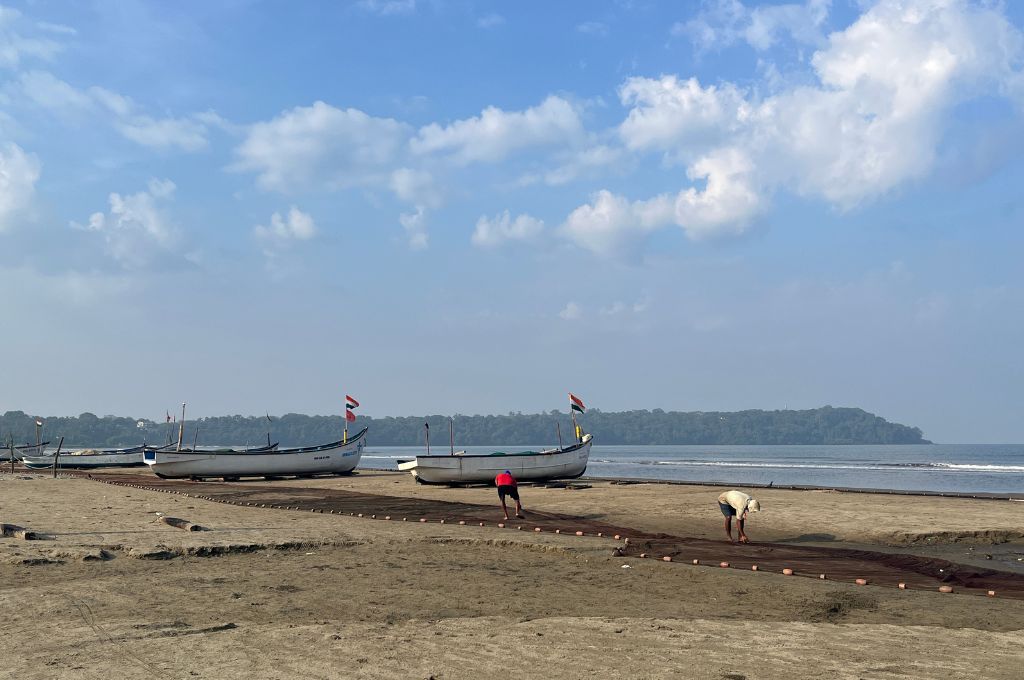A video gone viral
When Sonaullah Sheikh from Bonen village in Chadoora tehsil, Budgam district, realised that his family was not getting the ration they were supposed to be receiving, he got in touch with our local RTI activist, Mushtaq Ahmad Lone. Through a search on an online portal, Mushtaq found that Sonaullah’s family was registered as an eight-person family and was supposed to be receiving 40 kg of free rice under the Below Poverty Line (BPL) and Priority Households (PHH) ration regulations. However, Sonaullah’s family was given only 35 kg by the ration storekeeper, an employee of the Food Civil Supplies and Consumer Affairs Department (FCS & CA). It was also found that he was providing less ration to almost all the BPL families in the village.
Mushtaq recorded Sonaullah’s statement on his mobile phone, and sent the video to the Assistant Director, FCS & CA. After a few days, the storekeeper in Bonen was suspended, but Mushtaq’s video had already gone viral. He started getting calls from other villages in Chadoora tehsil. In Loolipora village, Mushtaq cross-checked around 13 people’s ration cards from two families. They had all been given fake ration cards with an Above Poverty Line (APL) status by the storekeeper, even as they were listed under the BPL/PHH categories online.
“I was given an APL ration card in 2015 by a local storekeeper while I am a poor labourer. In 2017, I came to know that I was listed as a BPL consumer online, but the storekeeper said, ‘Main online nahi manta’ (I don’t agree with what is online). I have been looted of more than INR 25,000 over the last five years,” said Nazir Ahmad.
A village survey also revealed that around 50 families that were registered as BPL/PHH consumers were being sold rice at five times the actual price (INR 15 per kg instead of INR 3 per kg), and ended up paying around INR 400-500 extra every month.
Dr Raja Muzaffar Bhat is the founder and chairman of Jammu & Kashmir RTI Movement.
—
Know more: Read how solutions for communities cannot be pure technology or solely human-led, and how using a combination of both is what works.
Do more: Connect with the author at [email protected] to understand more about and support his work.



